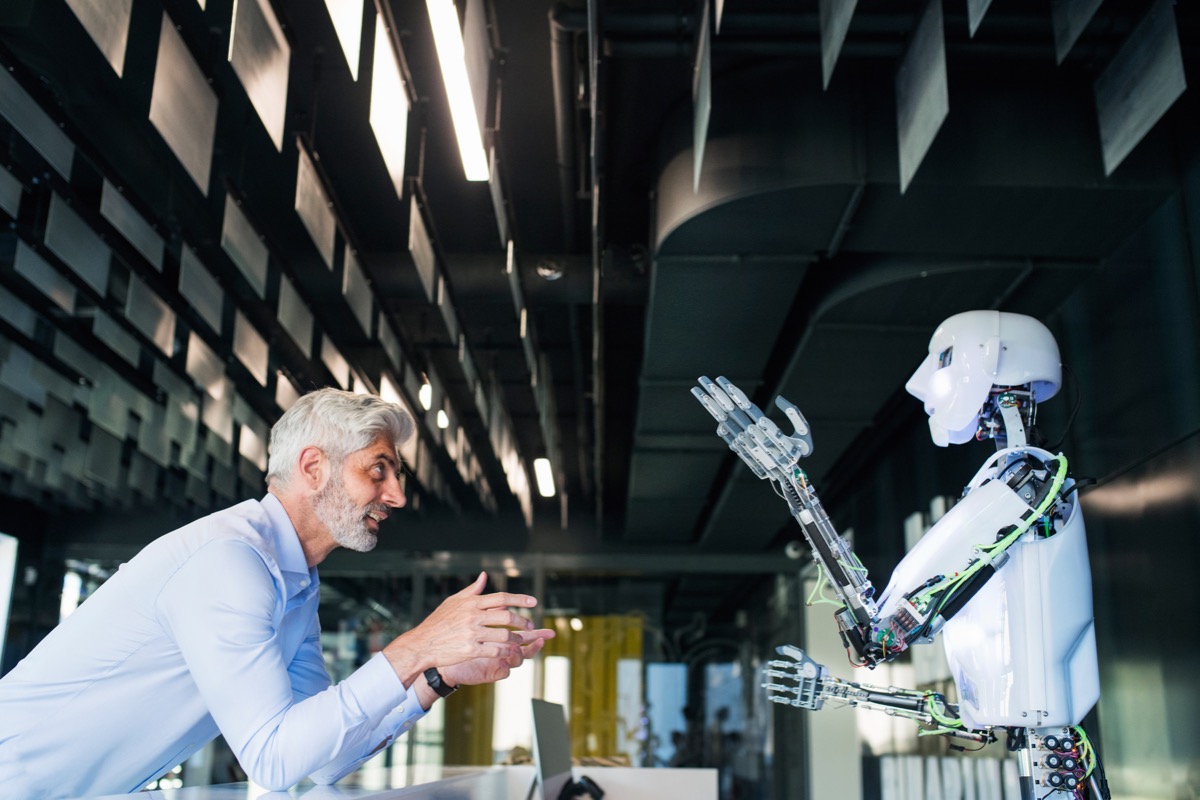As our dependence on Artificial Intelligence (AI) grows, it’s more important than ever to grasp the dynamics of Human-Artificial Intelligence and how we communicate with it in order to improve and elevate the tasks we perform.
Human-Artificial Intelligence is especially important in areas where it is used to support high-risk decision making processes.
With artificial intelligence (AI) playing an increasingly influential role in decision-making around the globe, many people are seeking reasons for why these systems make the decisions they do.
AI has augmented and improved many aspects of our lives.
This is why it is important to gain a deeper understanding of this subject and its consequences.
The process of developing and implementing AI must be transparent, interpretable, and easy to understand.
The growth of artificial intelligence (AI) is one of today’s most significant business opportunities.
Organizations must embrace data analytics, artificial learning, agile growth, business automation processes, and inter-team collaboration to work and think in new ways and understand how to tap into AI effectively.
However, a common goal and protocol across the organization ensures that all stakeholders are on the same page when it comes to the core elements needed to effectively integrate AI into their business.
AI is already changing how we live, however we, as people, have a say in how AI is developed and implemented.
Regulation is critical in defining this relationship and ensuring that it is beneficial to both future AI technologies and humanity’s future.
Nevertheless, in many cases where AI is being asserted as an aid or as an augmentation for human intelligence, the human remains a vital component.
Humans and AI both have unique abilities and are better at complementary tasks than others.
Organizations can utilize the two qualities of both humans and AI to make better decisions than each might make on its own.
Read More on Crenov8:
How is Intelligent Automation disrupting Business (Analytics)






